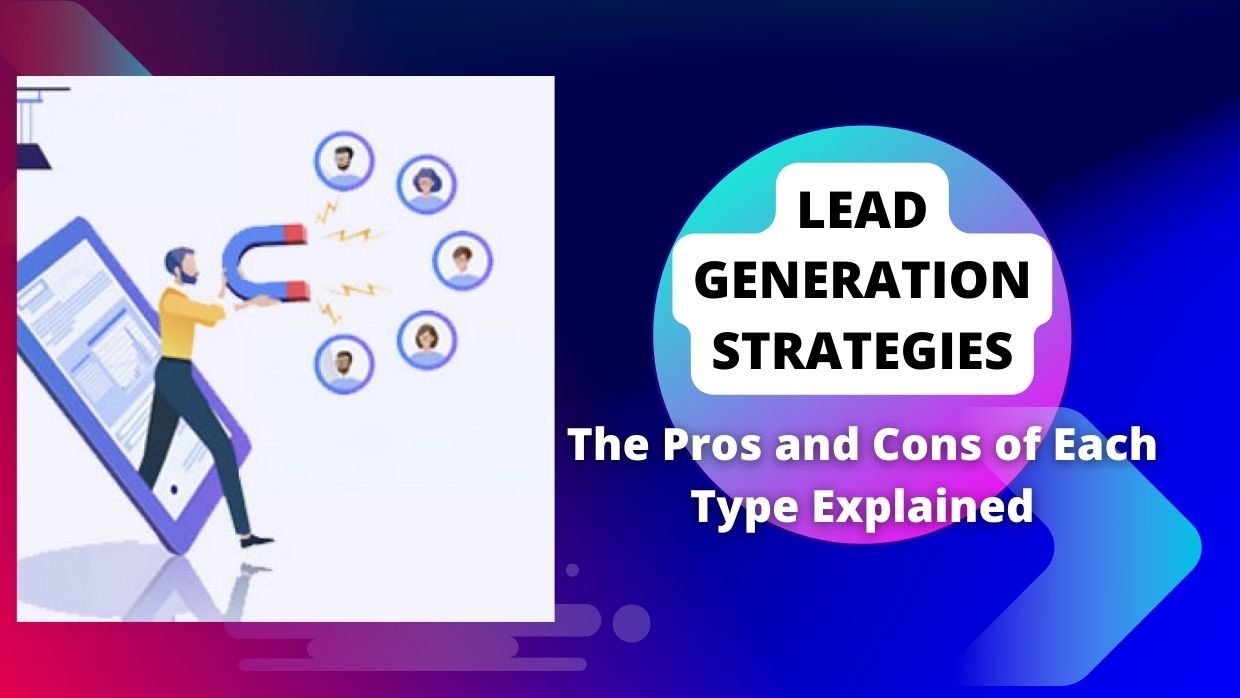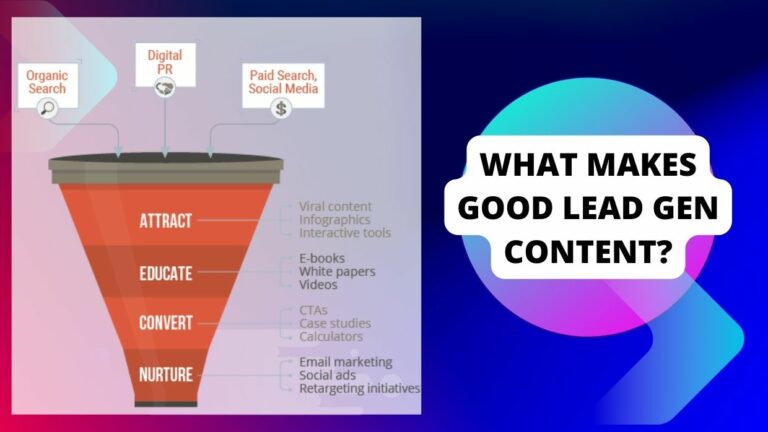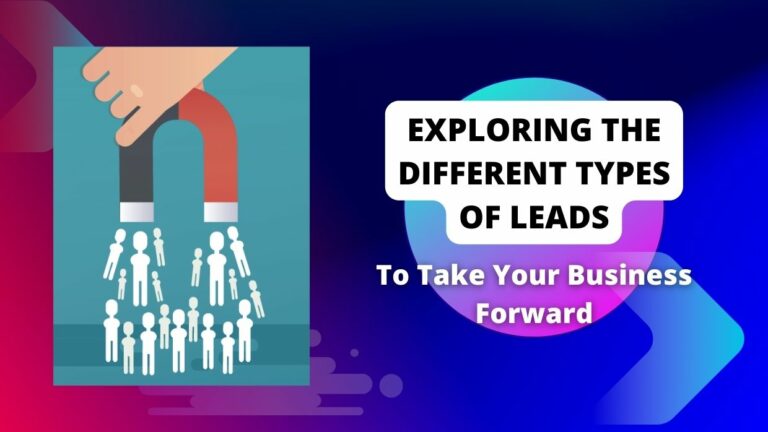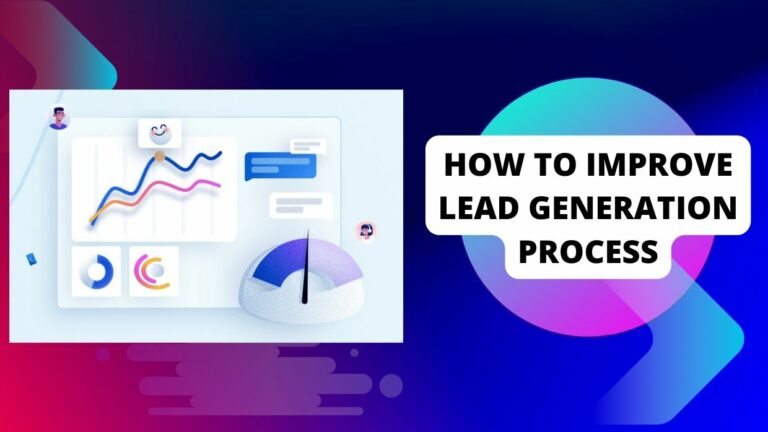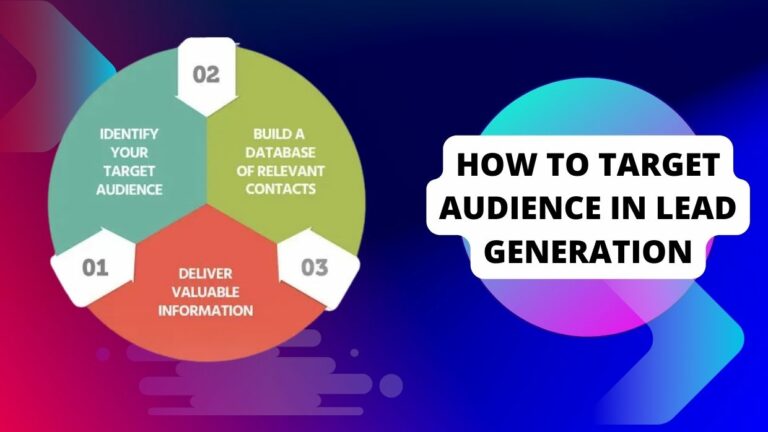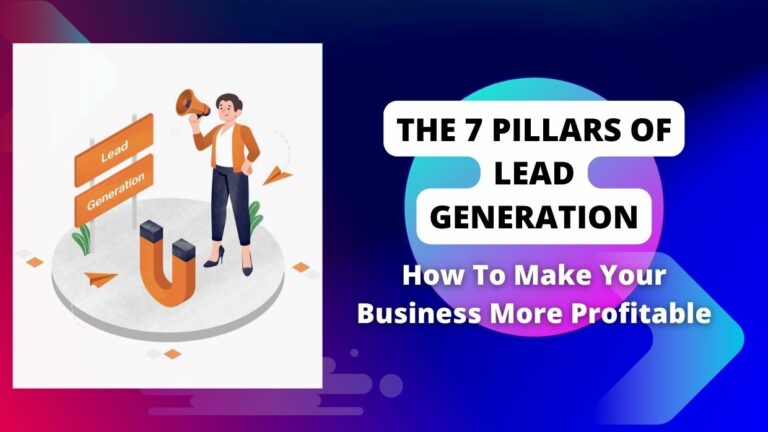Lead Generation Strategies: The Pros and Cons of Each Type Explained
Generating leads is a critical part of any successful business, but it can be a challenge. There are so many different strategies available, each with its own set of advantages and disadvantages. In this article, we’ll break down the pros and cons of each lead generation strategy, so you can choose the one that best suits your needs!
Introduction to Lead Generation Strategies
lead generation strategies: The Pros and Cons of Each Type Explained
Generating leads can be a daunting task if you don’t have a plan or strategy in place. There are a number of ways to generate leads, but not all methods are created equal. In this blog post, we’ll dive into the pros and cons of each lead generation strategy so you can make an informed decision about which tactic is right for your business.
What are the Different Types?
There are a few different types of lead generation strategies that businesses can use to generate leads. These include inbound marketing, outbound marketing, direct marketing, and lead nurturing. Each type has its own set of pros and cons that businesses should consider before deciding which type is right for them.
Inbound marketing is a strategy that focuses on getting the attention of potential customers through content marketing, search engine optimization, and social media. The goal of inbound marketing is to build trust and credibility with potential customers so that they will eventually make a purchase from the business.
Outbound marketing is a strategy that involves actively reaching out to potential customers through cold calls, email campaigns, and online ads. The goal of outbound marketing is to generate as many leads as possible in a short period of time.
Direct marketing is a strategy that involves sending promotional materials directly to potential customers. The goal of direct marketing is to generate leads by getting the attention of potential customers and presenting them with an offer that they cannot refuse.
Lead nurturing is a strategy that involves following up with potential customers after they have expressed interest in the business’s product or service. The goal of lead nurturing is to build trust and credibility with potential customers over time so that they will eventually make a purchase from the business.
related topic… Exploring The Different Types Of Leads To Take Your Business Forward
Pros of Organic Lead Generation
Organic lead generation is a process of attracting leads through non-paid channels, typically through inbound marketing techniques such as content marketing, search engine optimization, and social media marketing.
The main advantage of organic lead generation is that it’s a more sustainable and long-term approach than relying on paid methods like Pay-Per-Click advertising.
With organic lead generation, you’re building an audience and relationship with your potential customers from the ground up. This takes more time and effort than paying for leads, but it can be a more rewarding strategy in the long run.
Another key benefit of organic lead generation is that it tends to be more cost-effective than paid methods. While you may have to invest more time upfront to build your audience, you won’t have to pay for each individual lead like you would with paid ads. In addition, organic traffic generally has a higher conversion rate than paid traffic, so you’ll ultimately get more bang for your buck with this strategy.
Of course, there are also some downsides to organic lead generation. One major downside is that it can take longer to see results compared to paid methods. If you’re looking for quick leads, organic lead generation may not be the best option.
Additionally, organic lead generation requires ongoing effort and investment in order to maintain and grow your audience over time. If you’re not willing to commit to regular content creation and promotion, then this strategy probably isn’t right for you.
Overall, organic lead generation can be a powerful and cost-effective way to attract leads. It takes more time and effort compared to paid methods, but it can be more rewarding in the long run and help you build a more meaningful connection with your prospects.
Cons of Organic Lead Generation
Organic lead generation can be a great way to attract customers, but there are also some drawbacks to consider. One downside is that it can take longer to generate leads through organic methods than through other means.
Additionally, organic lead generation often requires more manpower and effort than other types of lead generation, which can increase costs.
Finally, although organic leads may be of higher quality than leads generated through other means, they can also be harder to track and quantify.
Pros of Inbound Marketing and Advertising
There are several advantages to inbound marketing and advertising. Perhaps the most significant advantage is that it allows you to target your audience more effectively than other methods. With inbound marketing, you can specifically target the people who are most likely to be interested in your product or service. This means that you can spend your marketing budget more efficiently, and you are more likely to see a return on your investment.
In addition, inbound marketing and advertising can be much less expensive than traditional methods such as print or television advertising. Inbound marketing also allows you to track results much more effectively, so you can constantly refine your strategies to get the best possible results.
Finally, inbound marketing typically requires less of a time commitment than traditional marketing methods, so it can be a great option for small businesses or businesses with limited resources.
Cons of Inbound Marketing and Advertising
There are a few potential downsides to inbound marketing and advertising that should be considered before investing too heavily in these strategies. First, inbound marketing generally requires a larger up-front investment than other lead generation strategies. This is because inbound marketing takes time to produce results; it’s not a quick fix.
Additionally, inbound marketing can be very resource-intensive, requiring both manpower and technology. Finally, inbound marketing may not be the best strategy for companies with very low customer lifetime values or high churn rates.
Pros of Outbound Marketing and Advertising
There are plenty of advantages that come with using outbound marketing and advertising tactics as part of your lead generation strategy. First and foremost, outbound marketing allows you to reach a wider audience than other methods – meaning you have the potential to generate more leads. It’s also a great way to build brand awareness and create an impression with your target market.
Another big plus is that outbound marketing is highly measurable, so you can track your ROI and adjust your campaigns accordingly. And finally, because you’re actively reaching out to potential customers, it can help nurture relationships and turn leads into customers down the line.
Cons of Outbound Marketing and Advertising
There are several potential disadvantages to outbound marketing and advertising. Firstly, it can be costly in terms of both time and money. Secondly, there is no guarantee that your target audience will see or hear your message, even if they are exposed to it.
Thirdly, outbound marketing can be perceived as intrusive and annoying, which may turn potential customers off from your product or service. Finally, outbound marketing campaigns are often less targeted than other lead generation strategies, meaning that you may end up wasting resources on leads that are not interested in what you have to offer.
Pros of Paid Ads
There are plenty of pros when it comes to paid ads, specifically lead generation strategies. Paid ads allow you to reach a larger audience with your message and they’re also more targeted than organic methods.
Additionally, paid ads can be a great way to test out different messaging and see what resonates most with your target market before investing too much time and money into other marketing channels. Finally, paid ads provide instant results so you can quickly gauge their effectiveness and make necessary adjustments.
Cons of Paid Ads
Paid ads are not a perfect solution for every business. Here are some of the potential drawbacks to consider before investing in paid advertising:
- They can be expensive. Paid ads can quickly eat up your marketing budget if you’re not careful.
- You need to constantly monitor and adjust your campaigns. Paid ads require ongoing effort and attention to ensure they are performing well.
- There is no guarantee of results. Even with the best planning and execution, there is no guarantee that your paid ad campaign will be successful.
- You may alienate some customers. Some people don’t like seeing paid ads and may be turned off by them, even if they are relevant to their needs.
Tips for Success in Lead Generation
There are a number of strategies you can use to generate leads, but not all will be effective for every business. It’s important to understand the pros and cons of each before you decide which one to use.
One popular lead-generation strategy is email marketing. This involves sending out emails with special offers or helpful content to potential customers. The advantage of this approach is that it’s relatively low-cost and you can reach a large number of people with your message.
However, the downside is that many people will simply delete your email without reading it. Another common strategy is search engine optimization (SEO). This means making sure your website appears as high as possible in search results for relevant keywords.
The benefit of this approach is that it can result in more website visitors and, ultimately, more leads. However, it can take a while to see results from SEO and it requires ongoing effort to maintain your ranking.
Other lead-generation strategies include social media marketing, attending trade shows, and using pay-per-click advertising. Each has its own advantages and disadvantages, so it’s important to choose the one that makes the most sense for your business.
learn more… Generating Leads: The 5 Best Strategies For Reaching Your Target Audience
Conclusion
Lead generation is an important tool for businesses of all sizes and it can be tricky to know which strategies are best for you. We hope this article has provided some clarity on the pros and cons of each type of lead generation strategy so that you can make an informed decision about which one will work best for your business. With careful planning, analysis, and testing, you should be able to find the perfect lead generation strategy or combination of strategies that will help your business reach its goals.

